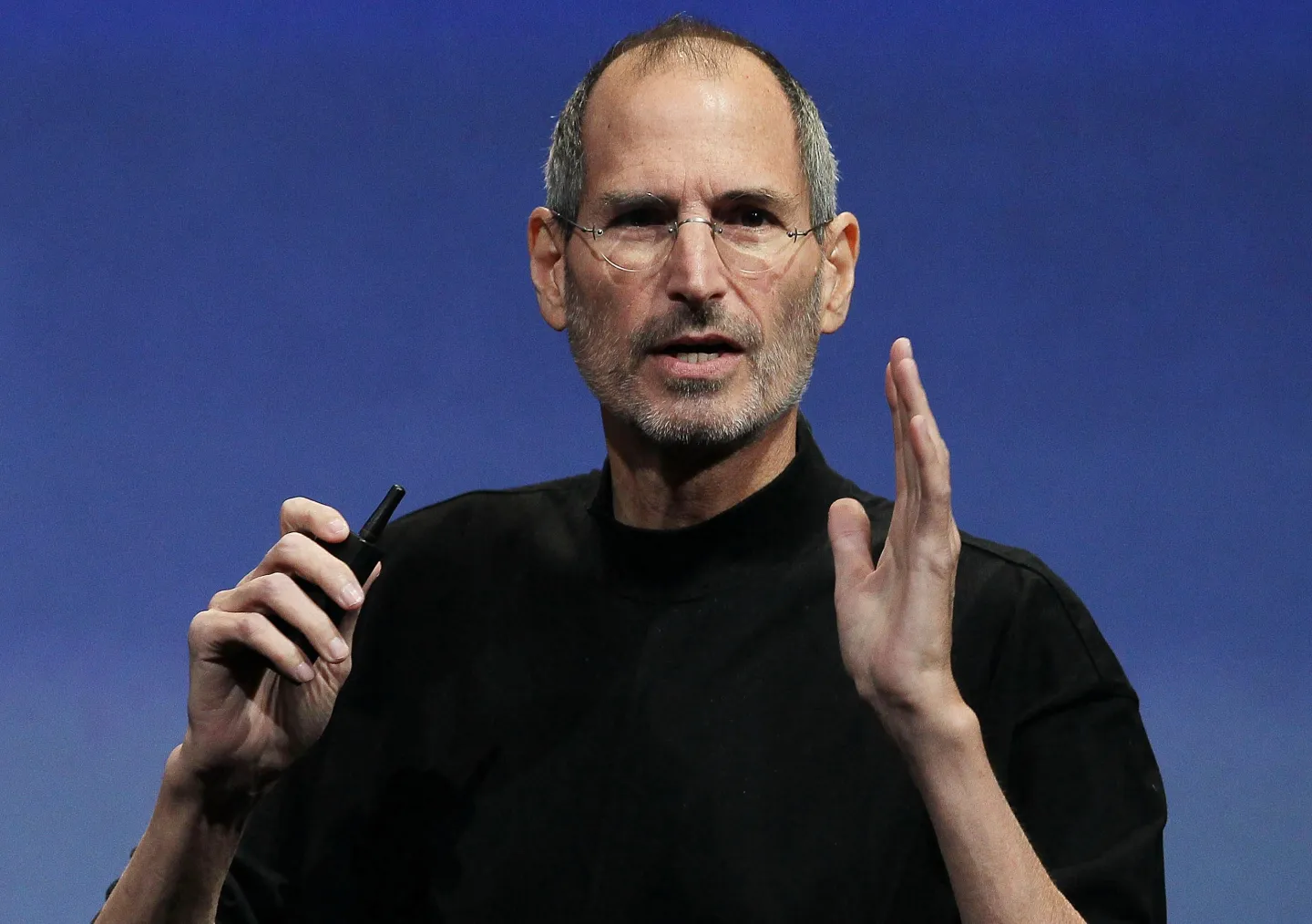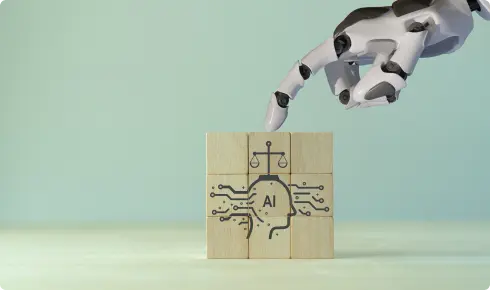Slowing down to speed up works better.
As digital technologies have become the leading engine of economic growth in America, we have become conditioned to equate speed with success. Major technological breakthroughs are reported in the news on a weekly basis, and the next paradigm-breaking revolution is always waiting just around the corner. Companies respond by rushing to implement new technologies and by striving for rapid, disruptive innovation. Those who can embrace this pace of change, we are told, will flourish, while those who lag behind will be left by the wayside.
There is, of course, a great deal of truth to these warnings. Companies that fail to innovate and change can quickly lose their market position and fade into history. Yet an overcommitment to this accelerated pace in both creating and implementing new technologies exposes businesses to a different set of dangers. And never has this risk been greater than with the advent of artificial intelligence. On the innovation front, new AI models are released at breakneck speeds, with researchers pushing back boundaries without fully understanding the future consequences of their work. Simultaneously, on the implementation side, corporate leaders face immense pressure to deploy these technologies as quickly as possible, often before their organizations are prepared to absorb them effectively.
Agentic AI offers a prime case study of this tension. Autonomous AI agents could deliver enormous value to companies that develop and deploy them thoughtfully. Yet rushing blindly ahead leads to failure. As a recent CBInsights report highlights, the hype surrounding this technology has diverged significantly from client experiences on the ground. At the same time, few companies have truly prepared themselves for what success might look like. Deploying agentic AI at scale will involve the wholesale cultural transformation of businesses, and there is little evidence that most companies have even begun to plan for the replacement of large parts of the human workforce.
The most transformative advancements emerge not from haste, but from deliberate, strategic progress in both creation and application.
The myth of speed
The tech industry’s “move fast and break things” ethos has long shaped how organizations approach both the creation and the adoption of new technologies. This philosophy has its merits, but the collateral damage it can cause is becoming increasingly apparent.
The spectacular downfall of Theranos offers a cautionary, and by now familiar, tale about the dangers of rushing headlong toward innovative ideas without putting the right groundwork in place. But it is far from an isolated case.
More recently, 23andMe’s bankruptcy filing has put the genetic data of millions of consumers at risk. The company, once valued at $6 billion, aggressively expanded its direct-to-consumer genetic testing business without establishing sustainable business models or adequate data protection measures. With its collapse, former customers are now rightly concerned about whether their highly sensitive DNA information will be auctioned off to the highest bidder.
Both cases highlight a crucial lesson: Innovation that cuts across disciplines and has a real impact on human lives demands a methodical, thoughtful approach. Rapid implementation without adequate guardrails doesn’t just endanger companies; it can put millions of people at risk.
The most successful companies recognize that meaningful technological advances require patience and a thoughtful approach to adoption.
The patient innovator
Steve Jobs embodied the power of strategic patience throughout his career.
The iPhone wasn’t first to market in the smartphone sector. Jobs deliberately waited until touchscreen technology matured before creating Apple’s revolutionary device. But once it arrived, the iPhone became a global icon, and it remains so more than 15 years later.
A lesser-known story about Jobs’ commitment to perfection comes from his time at Pixar. When the studio was struggling financially and under immense pressure to deliver its first feature film, Toy Story, Jobs refused to compromise on quality. Despite the company burning through cash and facing potential failure, he insisted on improving the rendering technology and refining the storytelling until everything met his precise standards. This patient attention to detail not only saved Pixar from collapse but established a foundation for the studio’s subsequent string of blockbusters.
This unified approach to timing—knowing when to accelerate innovation, when to wait, and how to stage implementation—created products and companies that delivered consistent value rather than chasing short-term technological wins.
Amazon’s long-term vision
Amazon’s journey demonstrates how patient innovation and disciplined implementation create lasting advantage. As Jeff Bezos famously wrote in his 1997 shareholder letter, “It’s all about the long term.” While competitors were chasing bumps in quarterly profits, Amazon invested billions in infrastructure, logistics networks, and cloud computing capabilities that wouldn’t yield returns for years.
This long-term orientation applied equally to Amazon’s approach to technology deployment. The company’s principle of “working backwards” from customer needs rather than forward from technological capabilities ensured that implementation efforts aligned with genuine market demands.
The company’s willingness to sacrifice immediate returns for future capabilities stands in stark contrast to the short-term thinking that dominates many technology initiatives. By maintaining this balanced approach to both creating and deploying new technologies, Amazon built the foundation for sustainable growth that continues today.
Navigating AI: the ultimate test of balanced progress
Artificial intelligence represents perhaps the greatest challenge to balanced technological advancement. The stakes are extraordinarily high, and missteps here will have far-reaching consequences not only for individual companies but potentially for humanity more broadly. Unlike previous technologies, AI systems can make autonomous decisions affecting millions of lives, often with limited human oversight. Rushed AI development has already produced concerning outcomes: facial recognition systems with racial bias, content moderation algorithms that amplify harmful material, and hiring tools that perpetuate workplace discrimination. The dangers of getting things wrong will only increase as more advanced AI models are brought online and given critical decision-making roles.
Even well-designed AI models can be dangerous if they are implemented too hastily. Models deployed without thorough safety testing may be exploited by cyberattacks, misinformation campaigns, or for mass surveillance. The economic implications are equally sobering. AI has the potential to disrupt entire industries, and if models are implemented before societies have time to adapt, the displacement of the human workforce could have catastrophic consequences for social stability.
This uniquely powerful technology demands a recalibration of our approach to innovation and implementation—one that prizes foresight, safety, and societal impact alongside technological achievement and market advantage.
Innovation demands patience
The pursuit of technological advancement doesn’t always reward the swift. As the Roman Emperor Augustus was fond of saying, festina lente—make haste slowly. When it comes to important things, the more you hurry, the longer it takes.
Innovation, particularly with transformative technologies like AI, demands patience: constancy of purpose, consistency of action, and the ability to remain calm when competitors are sprinting toward ill-defined goals. This is especially true for multidisciplinary innovations with world-changing potential.
Harnessing the potential of the AI revolution doesn’t require moving more quickly—it requires deeper thinking and executing with strategic vision and long-term purpose in mind. As we navigate the AI-driven future, the organizations that pause to ask the right questions, innovate deliberately, and balance speed with intention will ultimately shape the next era of progress.
Even with cutting-edge technologies, ancient wisdom remains relevant. The Tao te Ching warns us:
Rushing into action, you fail.
Trying to grasp things, you lose them.
Forcing a project to completion, you ruin what was almost ripe.
If we want to harvest the fruits of the AI revolution at their ripest, we must learn to slow down. If we do not, we risk ruin.
[Source Photo: JUSTIN SULLIVAN/GETTY IMAGES]
Original article @ Fortune.
















